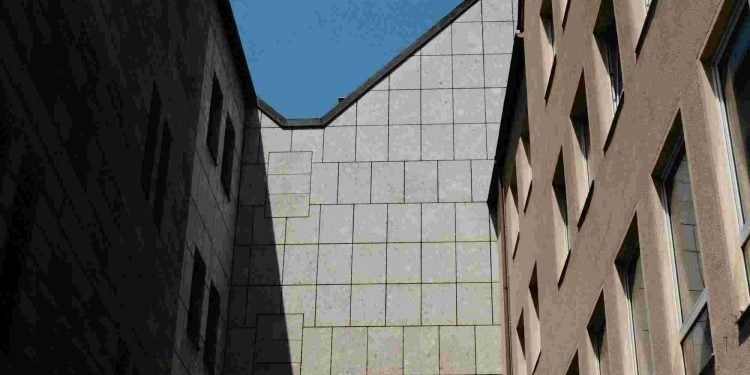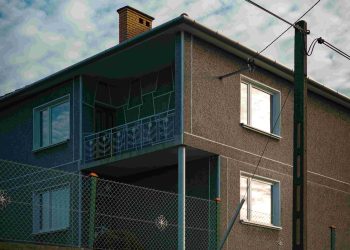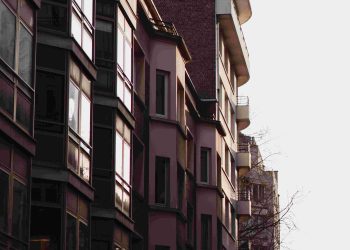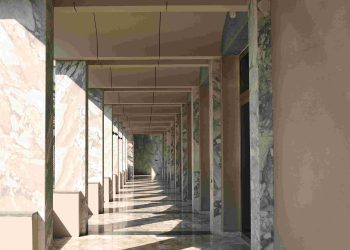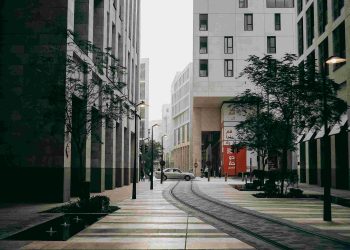Modern Urban Edge Design Trends
What defines a cutting-edge city?
The answer may surprise you. It’s not towering skyscrapers or sprawling tech hubs—it’s the seamless fusion of art, architecture, and adaptability. Today’s urban spaces aren’t just built; they’re curated, reflecting a culture that craves innovation while respecting its roots.

From Personal Observations to Societal Shifts
Walking through the vibrant neighborhoods of cities like Tokyo, Copenhagen, and New York, one thing becomes clear: urban design transcends aesthetic appeal. It’s about creating spaces that inspire engagement and foster connections. I remember standing in a public square in Barcelona, mesmerized by the interplay of historic facades and ultra-modern installations. It wasn’t just a space—it was an experience. This taught me a valuable lesson: design shapes the way we feel, interact, and even think.
On a larger scale, cities are evolving, influenced by technological advancements and shifting societal priorities. For instance, the rise of co-working spaces and community hubs mirrors our increasing emphasis on collaboration and shared experiences.
Challenging Conventional Wisdom
Traditionally, urban planning focused on functionality over emotional resonance. Streets were laid out in grids; buildings maximized utility. But let’s rethink this approach. Why prioritize efficiency when we have the tools to integrate beauty and sustainability? For example, vertical gardens challenge the notion that nature is restricted to parks. Instead, they bring greenery to the heart of concrete jungles, positively impacting mental health and reducing urban heat islands.
Interdisciplinary Insights
The best urban spaces arise from the intersection of multiple fields. Psychological studies show how exposure to nature reduces stress levels, while architects incorporate biophilic designs to foster well-being. Philosophers like Jane Jacobs argued for “eyes on the street”—a principle of mixed-use neighborhoods that enhances safety and vibrancy. Businesses, too, play a role. Companies investing in smart infrastructure create environments where innovation flourishes.
Future Trends
What does the future hold? As remote work continues to redefine professional landscapes, designers must pivot away from office-centric urban planning. Expect more mixed-use developments that combine residential, commercial, and recreational spaces. Technological integration will further amplify possibilities, from AI-driven traffic management to augmented reality experiences that educate and entertain.
Social inclusivity will grow in importance, with planners ensuring access to high-quality public spaces for all demographics. Cities might also embrace circular economics—constructing modular buildings that can be repurposed as needs evolve.
Practical Steps for Readers
Whether you’re a designer, entrepreneur, or urban dweller, consider these actionable steps:
-
Advocate for sustainable initiatives:
Support policies promoting renewable energy and green spaces. -
Engage with the process:
Participate in community forums to influence local projects. -
Invest in lifelong learning:
Explore fields like environmental science, history, and urban policy to deepen your understanding. -
Start small:
Transform your immediate surroundings—whether incorporating smart lighting at home or supporting local green economies.
Embracing Criticism and Catalyzing Change
Urban design isn’t static, nor is it without flaws. It’s critical to challenge mainstream ideas and advocate for inclusive innovation. Draw inspiration from thinkers like Buckminster Fuller, who suggested, “We are called to be architects of the future, not its victims.” By questioning existing frameworks and offering new perspectives, we can pave the way for cities that truly resonate with human needs.
Ultimately, shaping cities is about more than aesthetics; it’s about enhancing lives. When we combine bold ideas with interdisciplinary thinking, the possibilities are endless. Let’s not just adapt to change—let’s drive it with intention.

